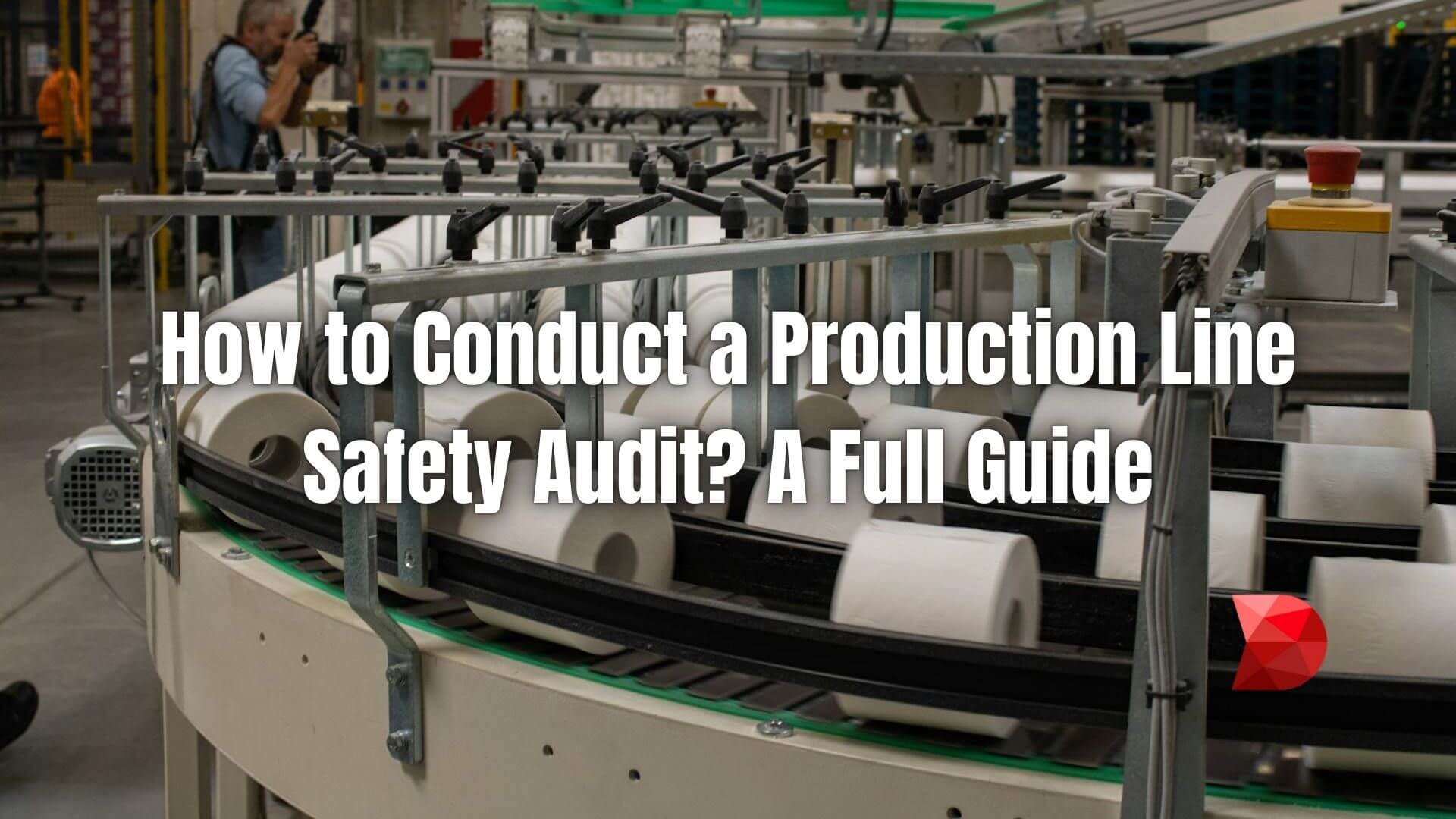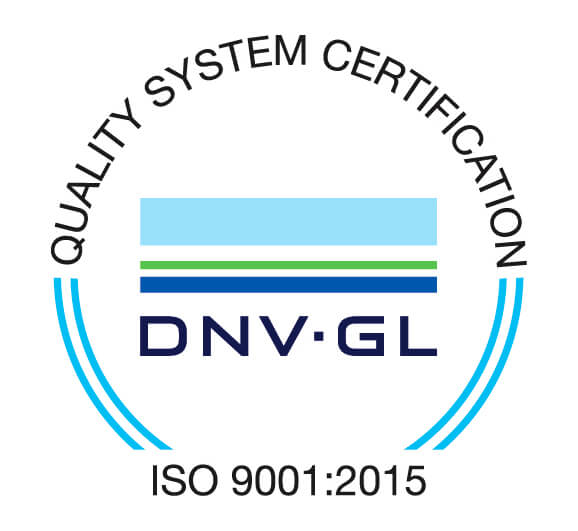If you work in the production industry, you must ensure you operate safely. However, it is not just about complying with health and safety standards but also about preventing workplace accidents that can be seriously detrimental to everyone involved, not just the injured individual. Accidents could mean losses in terms of reduced productivity, personnel and equipment replacement costs, hospital expenses, and inquiry and potential compensation costs.
The ideal approach to curbing these unforeseen hazards is prevention and planning, which could be done with a production line safety audit. This article will define a production line safety audit, including what to include in the safety checklist, and show how to create one with our low-code platform.
Table of Contents
ToggleWhat is a Production Line Safety Audit?
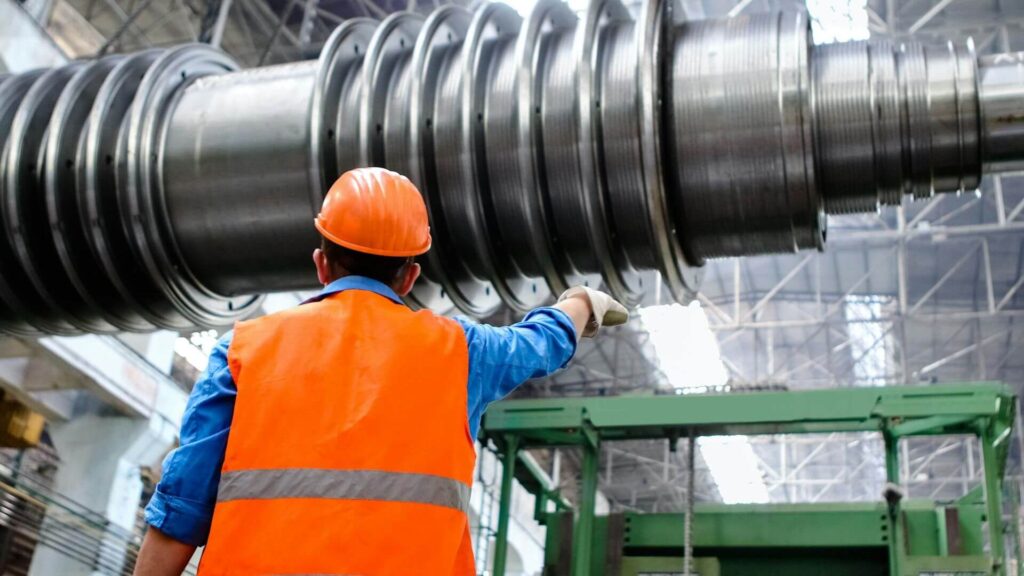
A production line safety audit is a systematic evaluation of a manufacturing facility’s safety practices and procedures. Its primary goal is to identify potential hazards, assess compliance with safety regulations, and implement corrective actions to prevent accidents. This comprehensive review involves examining various aspects of the production process, including equipment, workspaces, and employee safety training.
By conducting regular safety audits, manufacturers can proactively address safety concerns, improve overall workplace safety, and reduce the risk of injuries and fatalities. Additionally, these audits can help organizations demonstrate their commitment to safety and compliance with industry standards.
Who Conducts Production Line Safety Audit?
Production line safety audits can be conducted by a variety of individuals, depending on the organization’s size, resources, and specific needs. Here are some common roles involved in conducting these audits:
Internal Personnel
- Safety officers: These individuals are responsible for overseeing safety programs and conducting safety audits within an organization.
- Quality control managers: Quality control teams often have a role in ensuring compliance with safety standards and may conduct safety audits as part of their responsibilities.
- Production supervisors: Supervisors can be involved in conducting safety audits to identify hazards and ensure compliance within their specific areas of responsibility.
- Maintenance personnel: Maintenance teams may be involved in safety audits to assess the condition of equipment and identify potential safety hazards.
External Consultants
- Safety consultants: Independent safety consultants can provide objective assessments of a company’s safety practices and offer expert advice on improving safety performance.
- Industry experts: Individuals with specific expertise in relevant industries can conduct safety audits tailored to the unique needs of a particular sector.
- Third-party auditors: Organizations may hire third-party auditors to verify compliance with industry standards and regulations.
Regulatory Bodies
- Government inspectors: Regulatory bodies, such as OSHA in the United States, may conduct inspections to ensure compliance with safety laws and regulations.
The choice of who conducts a production line safety audit depends on various factors, including the organization’s size, industry, and the specific goals of the audit. In some cases, a combination of internal and external personnel may be involved to ensure a comprehensive and objective assessment.
4 Types of Production Audits
Production audits can be classified into several categories, each focusing on different aspects of manufacturing operations. Here are some common types:
Process Audits
These audits evaluate the efficiency and effectiveness of production processes, identifying bottlenecks, inefficiencies, and non-compliance with quality and safety standards. They examine factors such as workflow, equipment utilization, and adherence to standard operating procedures.
System or Quality Audits
These audits assess the implementation and effectiveness of a company’s quality management system (QMS), often based on standards like ISO 9001. They verify that the QMS is being followed consistently across the organization and that it supports the production of high-quality products.
Product Audits
Product audits focus on inspecting finished products to ensure they meet all quality specifications, regulatory requirements, and customer expectations. These audits may involve testing product performance, appearance, and functionality.
Capability Audits
Conducted by customers or potential customers, capability audits assess a supplier’s ability to manufacture a specific product or component within the required timeframe and quality standards. These audits may involve evaluating the supplier’s facilities, equipment, and production processes.
By conducting different types of audits, organizations can gain valuable insights into their production processes, identify areas for improvement, and ensure that they are meeting the needs of their customers and complying with relevant regulations.
Why is a Production Line Safety Audit Important?
Production line safety audits are essential for ensuring a safe and compliant workplace. They play a crucial role in identifying potential hazards, preventing accidents, and protecting the health and well-being of employees.
By conducting regular safety audits, organizations can demonstrate their commitment to safety, enhance their reputation, and ultimately improve their overall business performance. With that said, the following are five notable reasons for conducting Production Line Safety Audits:
- Hazard Identification and Prevention: Safety audits are essential for identifying potential hazards that could lead to accidents or injuries. By proactively identifying and addressing these hazards, organizations can prevent accidents before they occur and create a safer working environment for employees.
- Compliance with Regulations: Adherence to safety regulations is crucial for avoiding legal penalties and maintaining a positive reputation. Safety audits help organizations ensure compliance with industry standards and government regulations, such as OSHA in the United States or equivalent agencies in other countries.
- Risk Management: Safety audits allow organizations to assess the risks associated with various production line activities and implement measures to mitigate those risks. By identifying and addressing potential hazards, organizations can reduce the likelihood of accidents and minimize financial losses.
- Improved Employee Morale and Productivity: A safe and healthy work environment is essential for boosting employee morale and productivity. When employees feel safe and valued, they are more likely to be engaged, motivated, and productive.
- Enhanced Reputation and Brand Image: A strong safety record can significantly enhance an organization’s reputation and brand image. By demonstrating a commitment to safety, organizations can build trust with customers, suppliers, and other stakeholders.
How to Conduct a Production Line Safety Audit
Conducting a comprehensive production line safety audit requires a systematic approach that involves several key steps. By following these steps, organizations can effectively identify hazards, assess risks, and implement corrective actions to improve workplace safety. The following are notable steps in conducting a Production Line Safety Audit:
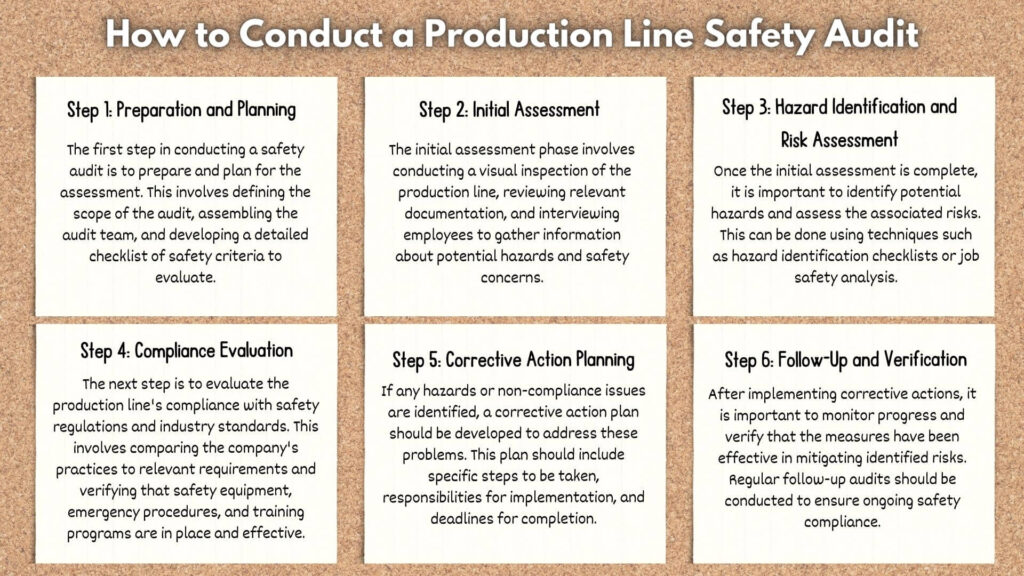
Step 1: Preparation and Planning
The first step in conducting a safety audit is to prepare and plan for the assessment. This involves defining the scope of the audit, assembling the audit team, and developing a detailed checklist of safety criteria to evaluate.
Step 2: Initial Assessment
The initial assessment phase involves conducting a visual inspection of the production line, reviewing relevant documentation, and interviewing employees to gather information about potential hazards and safety concerns.
Step 3: Hazard Identification and Risk Assessment
Once the initial assessment is complete, it is important to identify potential hazards and assess the associated risks. This can be done using techniques such as hazard identification checklists or job safety analysis.
Step 4: Compliance Evaluation
The next step is to evaluate the production line’s compliance with safety regulations and industry standards. This involves comparing the company’s practices to relevant requirements and verifying that safety equipment, emergency procedures, and training programs are in place and effective.
Step 5: Corrective Action Planning
If any hazards or non-compliance issues are identified, a corrective action plan should be developed to address these problems. This plan should include specific steps to be taken, responsibilities for implementation, and deadlines for completion.
Step 6: Follow-Up and Verification
After implementing corrective actions, it is important to monitor progress and verify that the measures have been effective in mitigating identified risks. Regular follow-up audits should be conducted to ensure ongoing safety compliance.
What is a Production Line Safety Audit Checklist?
A production line safety audit checklist is a structured document that outlines the specific criteria to be evaluated during a safety audit. It serves as a guide for auditors, ensuring that all relevant aspects of the production line are examined and that no potential hazards or safety issues are overlooked. Additionally, a checklist can ensure consistency and objectivity in the audit process, as it provides a standardized framework for evaluating safety performance.
Key Components of a Production Line Safety Audit Checklist
A comprehensive production line safety audit checklist should cover a wide range of essential elements to ensure a thorough evaluation of workplace safety. By including these key components, organizations can identify potential hazards, assess compliance with regulations, and implement effective corrective actions:
- General Safety Conditions: This section should include items such as housekeeping practices, emergency exits, first aid equipment, and overall cleanliness of the workplace.
- Equipment Safety: Evaluate the condition and safety of machinery, tools, and other equipment used in the production process. Check for proper guarding, maintenance records, and compliance with safety standards.
- Personal Protective Equipment (PPE): Ensure that appropriate PPE is available and used by employees. Verify that PPE is properly fitted, maintained, and inspected regularly.
- Electrical Safety: Assess the condition of electrical wiring, outlets, and equipment. Check for proper grounding, insulation, and adherence to electrical safety codes.
- Fire Safety: Evaluate the availability and condition of fire extinguishers, smoke detectors, and emergency escape routes. Ensure that employees are trained in fire safety procedures.
- Hazardous Materials: If hazardous materials are used or stored on the production line, assess the proper handling, storage, and disposal procedures and ensure compliance with relevant regulations and safety standards.
- Ergonomics: To prevent musculoskeletal injuries, evaluate the ergonomic design of workstations, tools, and equipment. Consider factors such as posture, repetitive motions, and workload.
- Emergency Procedures: Verify that emergency procedures are in place and that employees are trained in how to respond to emergencies such as fires, accidents, or chemical spills.
- Training and Documentation: Assess the adequacy of employee training on safety topics. Ensure that safety policies, procedures, and documentation are up-to-date and easily accessible.
- Incident Investigation: Review the organization’s incident investigation procedures to ensure that accidents and near-misses are properly investigated and documented. Analyze the findings of investigations to identify root causes and implement preventive measures.
Creating a Production Line Safety Audit Checklist
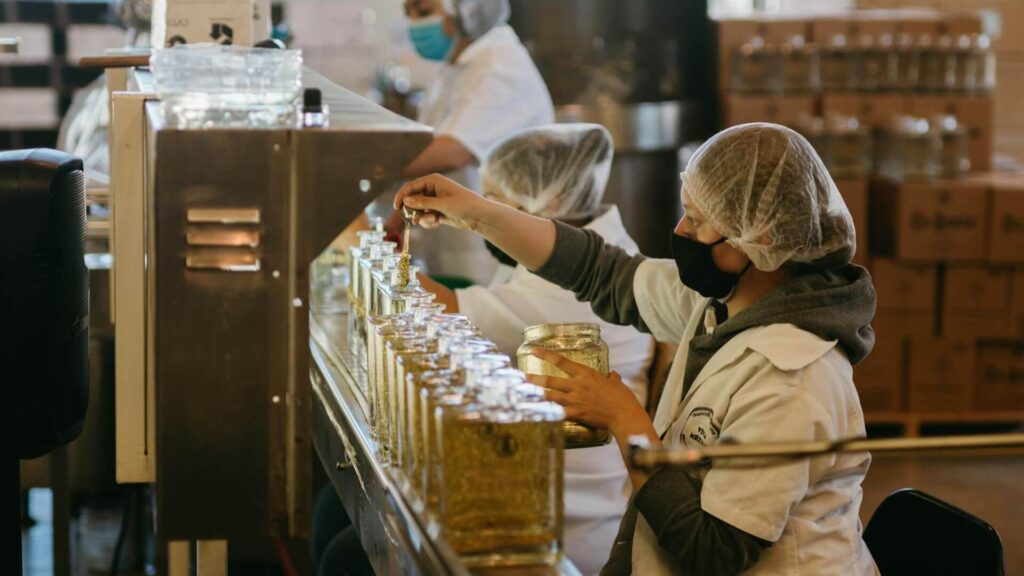
When formulating a production line safety audit checklist, consider the following key steps:
Step 1: Define the Scope
- Choose the process: Determine which specific production line or area you want to audit.
- Set boundaries: Define the scope of the audit, including the equipment, personnel, and period to be evaluated.
Step 2: Assemble the Audit Team:
- Select experts: Choose individuals with expertise in safety, engineering, and production.
- Consider diversity: Include representatives from different departments or levels to ensure a comprehensive perspective.
Step 3: Determine Audit Frequency
- One-time or periodic: Decide whether a one-time audit or periodic evaluation is more suitable for your needs.
- Risk assessment: Consider the level of risk associated with the production line to determine the appropriate audit frequency.
Step 4: Develop a Detailed Checklist
- Include key components: Ensure the checklist covers all essential elements, such as general safety conditions, equipment safety, PPE, electrical safety, fire safety, hazardous materials, ergonomics, emergency procedures, training, and incident investigation.
- Tailor to your specific needs: Customize the checklist to address the unique hazards and risks associated with your production line.
Step 5: Conduct the Audit
- Follow the checklist: Use the checklist as a guide to conduct a thorough evaluation of the production line.
- Document findings: Record any identified hazards, non-compliance issues, and potential areas for improvement.
Step 6: Analyze and Report Findings
- Identify problems: Analyze the audit findings to identify specific problems or areas of concern.
- Document issues: Document all identified problems and their severity.
- Guide future development: Use the audit findings to inform future development and corrective actions.
Step 7: Share Findings and Implement Improvements
- Communicate results: Share the audit findings with all relevant staff, including employees, supervisors, and management.
- Implement corrective actions: Develop and implement corrective action plans to address identified issues.
- Monitor progress: Track the progress of implementing corrective actions and verify their effectiveness.
Step 8: Digitize the Checklist
- Improve efficiency: Consider using digital tools or software to create and manage your safety audit checklist.
- Streamline processes: Digitizing the checklist can help streamline the audit process and improve data management.
By following these steps and creating a comprehensive safety audit checklist, organizations can effectively identify and address safety hazards, improve workplace safety, and ensure compliance with regulations.
Frequently Asked Questions (FAQs)
Q1: What is the difference between a safety audit and a quality audit?
While both safety and quality audits are essential for ensuring operational excellence, they focus on different aspects of a production line. A safety audit primarily evaluates the physical safety of the workplace, identifying hazards and ensuring compliance with safety regulations. A quality audit, on the other hand, focuses on the quality of products or services, assessing adherence to specifications, standards, and customer requirements.
Q2: How often should production line safety audits be conducted?
The frequency of safety audits depends on several factors, including the level of risk associated with the production line, the organization’s size and complexity, and regulatory requirements. Generally, high-risk industries or organizations with a history of safety incidents may require more frequent audits. However, a good rule of thumb is to conduct safety audits at least annually.
Q3: Who should be involved in conducting a safety audit?
A safety audit team should typically include individuals with expertise in safety, engineering, and production. This may involve safety officers, quality control managers, production supervisors, maintenance personnel, or external consultants. The composition of the team will depend on the specific needs and resources of the organization.
Q4: How can I ensure that the safety audit is objective and unbiased?
To ensure objectivity and unbiasedness in a safety audit, consider the following:
- Involve multiple departments: Include representatives from various departments to get different perspectives.
- Use external consultants: Consider hiring external safety consultants who can provide an independent assessment.
- Establish clear guidelines: Develop clear guidelines and procedures for conducting the audit to ensure consistency and fairness.
Q5: What should be done with the findings of a safety audit?
The findings of a safety audit should be documented and shared with relevant stakeholders, including employees, supervisors, and management. Based on the findings, corrective action plans should be developed and implemented to address identified hazards and non-compliance issues. It’s also important to monitor progress and follow up on the implementation of corrective actions.
Q6: How can I improve the effectiveness of safety audits?
To improve the effectiveness of safety audits, consider the following:
- Involve employees: Encourage employees to participate in the audit process and report safety concerns.
- Use technology: Leverage safety management software to streamline the audit process and track findings.
- Prioritize critical hazards: Focus on addressing hazards with the highest potential for serious injury or property damage.
- Continuously improve: Use the audit results to identify areas for improvement and implement ongoing safety initiatives.
Streamline Production Line Safety Audits with DATAMYTE
DATAMYTE is a quality management platform with low-code capabilities. Our Digital Clipboard, in particular, is a low-code workflow automation software that features a workflow, checklist, and smart form builder. This tool lets you create customized workflows and checklists for production line safety audits, ensuring that all critical areas are evaluated consistently and comprehensively.
DATAMYTE also lets you conduct layered process audits (LPA), a high-frequency evaluation of critical process steps, focusing on areas with the highest failure risk or non-compliance. Conducting LPA with DATAMYTE lets you effectively identify and correct potential safety hazards before they lead to accidents or injuries.
With DATAMYTE, you have an all-in-one solution for streamlining production line safety audits, improving workplace safety, and ensuring compliance with regulations. Book a demo now to learn more.

